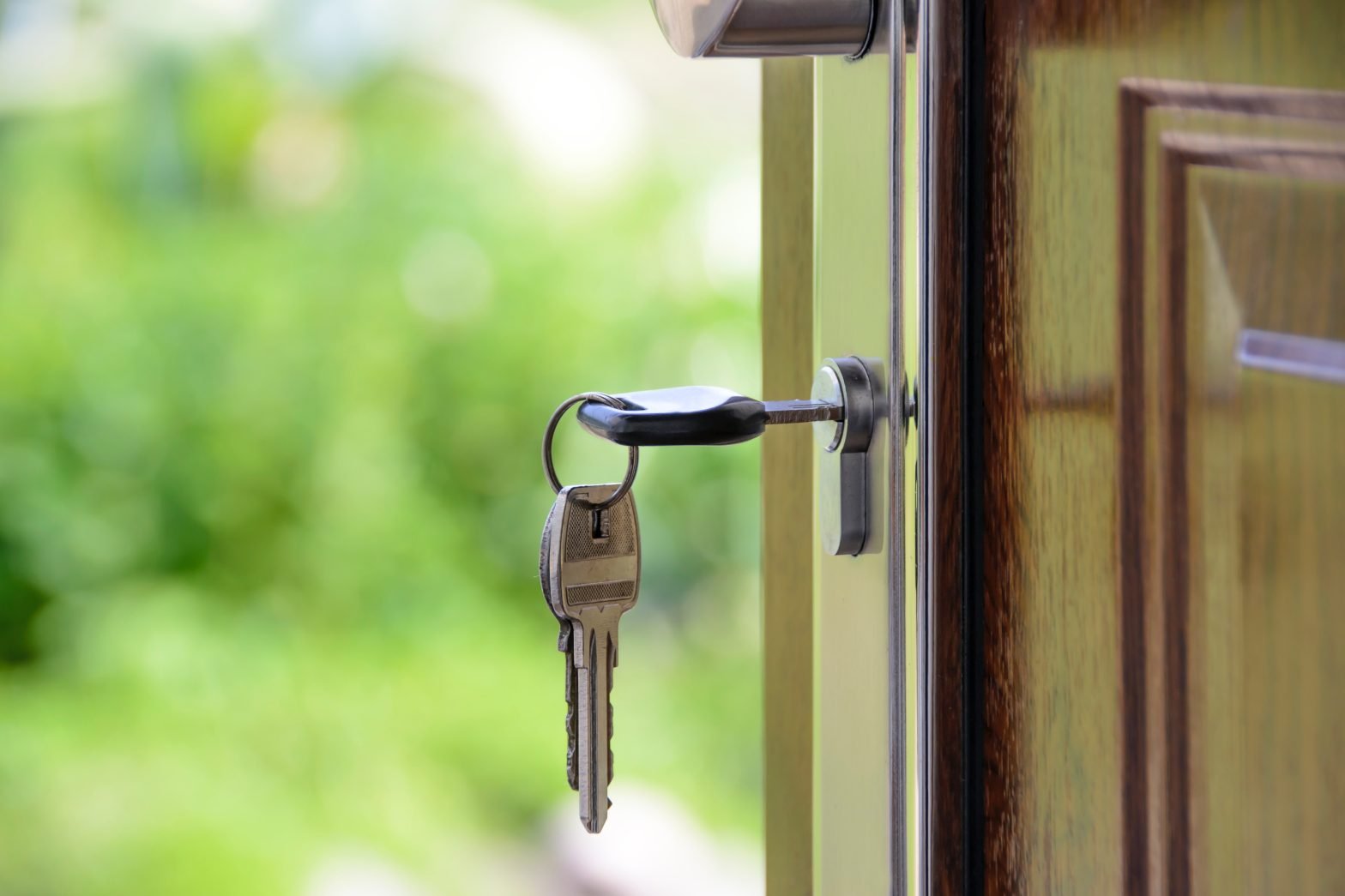
How to Rent Your Property Without Going Too Low Or High
Renting out your property can be a necessity considering this inflation, but setting the right rental price is crucial to attract the right tenants and maximize your profits. If you set the rent too low, you may be leaving money on the table, while setting it too high can lead to longer vacancies and difficulty finding tenants. In this comprehensive guide, we will explore the strategies and considerations to help you determine the optimal rent for your property.
Understanding Your Property’s Value
Before you can set a competitive rent, you need to have a clear understanding of your property’s value in the current market. Here are some essential steps to assess your property’s worth:
1. Conduct Market Research
Begin by researching similar properties in your area. Look for properties with similar square footage, amenities, and location. Online platforms, real estate websites, and local property management companies can be valuable resources for gathering this information.
2. Consider Location
Location is a significant factor in rental pricing. Properties in desirable neighborhoods or with easy access to public transportation, schools, and amenities can command higher rents. Evaluate the proximity of your property to these factors.
3. Assess Property Condition
The condition of your property plays a crucial role in determining its rental value. Consider any recent renovations or upgrades and factor these into your pricing strategy. A well-maintained property often justifies a higher rent.
4. Analyze the Current Rental Market
Keep an eye on current market trends. Are rents in your area increasing or decreasing? Understanding market dynamics will help you adjust your pricing strategy accordingly.
Calculating Operating Expenses
To ensure that your rental income covers your expenses and generates a profit, you need to calculate your operating costs accurately. Here’s how:
5. List Your Expenses
Create a detailed list of all the expenses associated with your property. This may include mortgage payments, property taxes, insurance, maintenance costs, and property management fees.
6. Account for Vacancies
It’s important to factor in periods of vacancy when your property may not be generating rental income. Typically, landlords assume a vacancy rate of around 5-10% when calculating expenses.
7. Determine Your Desired Profit
Consider how much profit you want to make from your rental property. This will depend on your financial goals and the return on investment you expect.
Setting the Right Rent
With a clear understanding of your property’s value and operating expenses, you can now set the right rent. Here’s how to do it:
8. Use Online Rent Estimation Tools
There are several online tools and calculators available that can provide a ballpark figure for the rent you should charge. While these tools are helpful, they are not a substitute for thorough research.
9. Compare Your Findings
Compare the data you’ve gathered from market research, property assessment, and expense calculations. Look for commonalities among the figures to a

